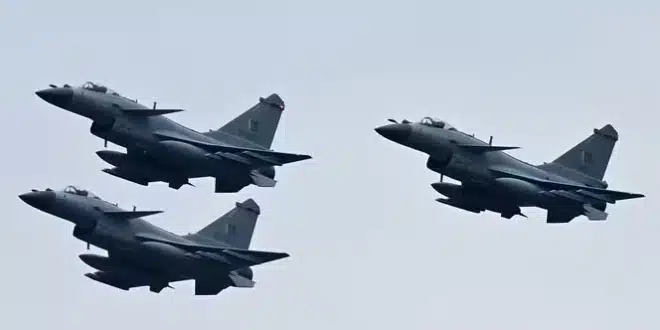India has officially acknowledged the loss of multiple fighter jets during a recent military confrontation with Pakistan, marking a significant development in the aftermath of the Pahalgam terror attack. This admission, made by Chief of Defence Staff (CDS) General Anil Chauhan, underscores the intensity of the four-day conflict that unfolded in May 2025.
The confrontation was triggered by a terrorist assault on April 22 in Pahalgam, Jammu and Kashmir, where 26 civilians were killed. In retaliation, India launched Operation Sindoor on May 7, targeting terrorist infrastructure across the border. During the operation, India faced aerial engagements with Pakistani forces, leading to the downing of several Indian aircraft.
General Chauhan, speaking at the Shangri-La Dialogue in Singapore, emphasized that while aircraft losses occurred, the focus should be on the tactical lessons learned and subsequent strategic adjustments. He highlighted that these refinements enabled India to conduct successful long-range precision strikes within days, effectively penetrating Pakistani air defenses and targeting key military installations.
Pakistan claimed to have shot down six Indian jets, including advanced Rafale fighters. General Chauhan categorically dismissed these assertions as inaccurate. He stressed that the critical aspect was not the number of aircraft lost but the ability to identify and rectify tactical errors swiftly. This approach allowed the Indian Air Force to resume operations promptly, demonstrating resilience and adaptability in the face of challenges.
Political Repercussions and Calls for Transparency
The acknowledgment of aircraft losses has sparked political discourse within India. Opposition parties, referencing General Chauhan’s statements, have urged the central government to provide greater transparency regarding the conflict’s outcomes. Critics argue that acknowledging the losses is essential for public accountability and informed discourse on national security matters.
Operational Successes and Strategic Implications
Despite the losses, Indian defense officials have characterized Operation Sindoor as a strategic success. Air Marshal AK Bharti reported that the operation achieved its objectives, including the elimination of over 100 terrorists and the destruction of critical infrastructure supporting militant activities. Notably, all Indian pilots involved in the operation returned safely, underscoring the effectiveness of mission planning and execution.
The conflict also highlighted the evolving nature of modern warfare, with General Chauhan noting the increasing importance of networked operations and indigenous capabilities. He pointed out that India’s operations were conducted independently, contrasting with Pakistan’s reliance on external support, particularly from China. This emphasis on self-reliance aligns with India’s broader defense modernization efforts and strategic autonomy goals.
A ceasefire was declared on May 10, bringing an end to the immediate hostilities. Subsequently, both nations have initiated troop reductions along the border, aiming to de-escalate tensions. However, Indian military leadership has reaffirmed its commitment to maintaining vigilance against potential threats, emphasizing the need for readiness in the face of ongoing regional security challenges.


